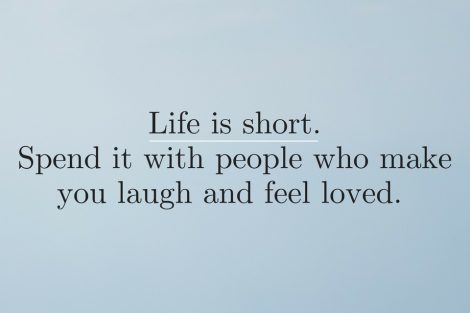Many of us struggle with attachment issues, whether it’s a book, our cat or our partner. It is safe to say that all attachment problems stem from the attachment to our ego. In that sense, we have the tendency to cling to our wants, needs, to the outcome of a certain situation.
 But what is letting go really about? How do we learn to let go: of our past, of anger or regrets, of a mistake we made that’s still obsessing us? A common misconception is that letting go means we have to be cold and indifferent towards that thing or person. Maybe we’ve tried letting a lost love go by ignoring the issue.
But what is letting go really about? How do we learn to let go: of our past, of anger or regrets, of a mistake we made that’s still obsessing us? A common misconception is that letting go means we have to be cold and indifferent towards that thing or person. Maybe we’ve tried letting a lost love go by ignoring the issue.
MORE: The Difference Between Being In Love And Being Attached
Thus, we swept the problem under the rug, thinking it can no longer hurt or bother us. We put away, somewhere in a dark corner of our minds. We let it go.
Or did we? Isn’t that merely…misplacing it? Repressing an emotion? Zen Buddhist master Thich Nhat Hanh gives us an insightful perspective on what it truly means to let go. He says that emotional disconnection or non-clinging are not healthy ways of letting go.
MORE: 10 Signs You Might Be Codependent, According To Experts
According to Thich Nhat Hanh, if we truly want to let go someone go we must learn to love them more completely. By loving them more wholly, we become detached of our own expectations or gains. Non-attachment is possible when the love we have for them extends beyond what we believe the outcome should be. There are no personal beliefs or expectations, no ego.
When this love is selfless, there is no attachment. And ignoring someone or disconnecting from them will never make detachment possible. Paradoxically, letting go is about diving in.
MORE: 2 Attachment Styles That Can Ruin A Relationship
The real secret lies in our ability to practice gratitude, kindness, compassion and love on a daily basis. Once we master this kind of selfless love, we will realize that letting go is an art form that requires no effort. It is simply allowing and freeing ourselves.










